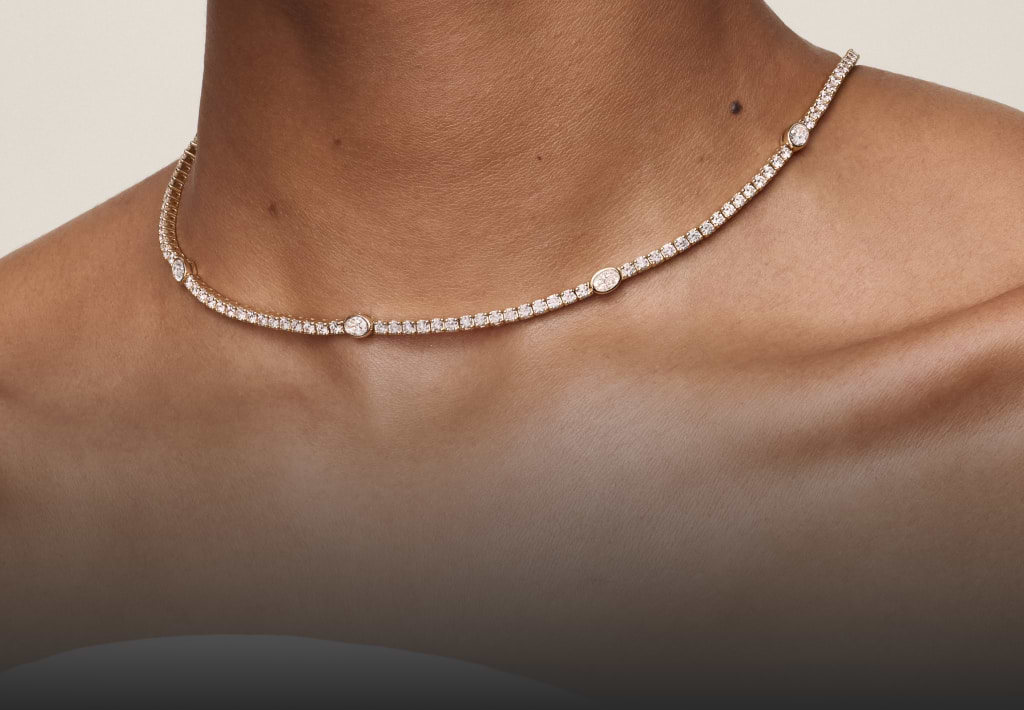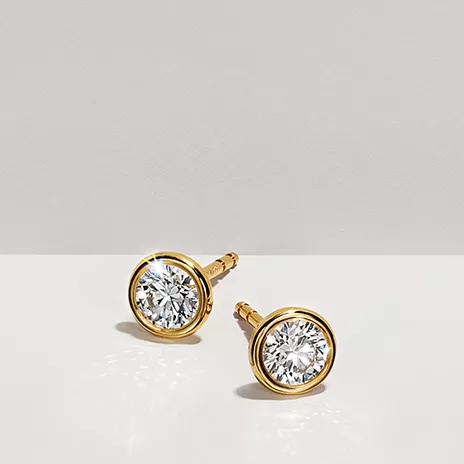Diamonds have long been the epitome of luxury and timeless beauty. However, over the past few decades, the rise of lab-grown diamonds has signaled a major shift in the jewelry industry, one that is set to redefine how we think about diamonds. As technology advances and consumer preferences evolve, the future of lab diamonds appears brighter than ever. Here’s a deep dive into what the future holds for these synthetic gems.
What Are Lab Diamonds?
Lab diamonds, also known as man-made or synthetic diamonds, are chemically, physically, and optically identical to natural diamonds. The key difference lies in their origin. While natural diamonds are formed deep within the Earth’s mantle over millions of years, lab diamonds are created in controlled environments using two primary methods: High Pressure High Temperature (HPHT) and Chemical Vapor Deposition (CVD). These processes replicate the natural conditions required for diamond formation, producing stones that are virtually indistinguishable from their mined counterparts.
Technological Advancements Driving Innovation
As technology continues to improve, the production of lab-grown diamonds is becoming more efficient and cost-effective. These advancements are lowering production costs, which in turn makes lab diamonds more affordable for consumers. In the next decade, we can expect to see:
- Improved Manufacturing Processes: Companies are constantly refining their methods to produce diamonds with better clarity, color, and size. CVD and HPHT technologies are expected to become more sophisticated, allowing for the production of diamonds with fewer inclusions and greater precision.
- Sustainability and Eco-Friendly Practices: One of the main drivers of the lab diamond market is the growing demand for environmentally sustainable and ethically sourced products. Lab-grown diamonds require fewer resources than mined diamonds, with a significantly smaller carbon footprint. As concerns over environmental impact and ethical sourcing grow, lab diamonds are positioned to become the preferred choice for conscious consumers.
- Customization and Personalization: Lab diamonds offer the unique opportunity for complete customization. As production methods become more advanced, consumers will have more control over aspects such as size, shape, and even color, allowing for truly one-of-a-kind pieces. The future of lab diamonds will likely see more bespoke services, empowering consumers to design their perfect stone.
Market Trends and Consumer Demand
The demand for lab-grown diamonds has surged in recent years, driven by factors like affordability, ethical sourcing, and environmental consciousness. In the coming years, these trends are expected to intensify, as millennials and Gen Z, who place a high value on sustainability and ethical practices, continue to gain purchasing power.
Several trends suggest the growing popularity of lab diamonds:
- Affordability and Value for Money: Lab diamonds are generally priced 20-40% less than mined diamonds of similar quality. As the market grows and production scales up, we may see prices drop even further, making diamonds more accessible to a wider range of consumers.
- Acceptance by Traditional Jewelers: Initially, many high-end jewelers were hesitant to embrace lab-grown diamonds, but that attitude is changing. More and more reputable jewelers are incorporating lab diamonds into their collections, recognizing the shifting consumer preferences. This trend is likely to continue, with more established brands offering lab diamonds alongside natural stones.
- Increased Transparency and Certification: As with natural diamonds, lab diamonds are certified for quality using the same grading system (4Cs: Cut, Color, Clarity, and Carat Weight). However, transparency about the origins and production methods of lab diamonds will become even more important to consumers. In the future, we can expect to see further advancements in certification and traceability, ensuring that consumers can easily verify the authenticity and sustainability of their purchase.
Challenges and the Road Ahead
Despite the promising outlook, there are some hurdles that the lab grown diamonds industry must overcome to fully realize its potential. One of the primary challenges is overcoming consumer perceptions. While lab diamonds are gaining popularity, some buyers still harbor doubts about their value compared to natural diamonds. Changing long-standing traditions and attitudes may take time.
Furthermore, competition from the mined diamond industry remains a challenge. The mining sector has a long history and established market dominance, so persuading consumers to choose lab diamonds over mined options may require continued education and marketing efforts.
The Role of Lab Diamonds in the Future Jewelry Industry
As the lab-grown diamond industry matures, it’s likely that the line between natural and synthetic diamonds will continue to blur. Lab diamonds could become the dominant choice for engagement rings, wedding bands, and fine jewelry, especially for those who prioritize sustainability and ethical practices. As prices drop and technology advances, we might also see more widespread use of lab diamonds in other industries, such as electronics and medicine, where their unique properties are highly valued.
Conclusion: A Brighter Future for Lab Diamonds
The future of lab-grown diamonds is undoubtedly bright. With advancements in technology, a growing shift towards sustainability, and increasing consumer demand, lab diamonds are set to become a cornerstone of the jewelry industry. Whether as an ethical alternative or as a more affordable option, lab diamonds are redefining the world of luxury and paving the way for a future where diamonds aren’t just a symbol of beauty—they’re a symbol of responsible innovation.
As this sector continues to evolve, lab diamonds are poised to shine as not only a fashionable choice but a conscious one—ushering in a new era for the diamond industry.






